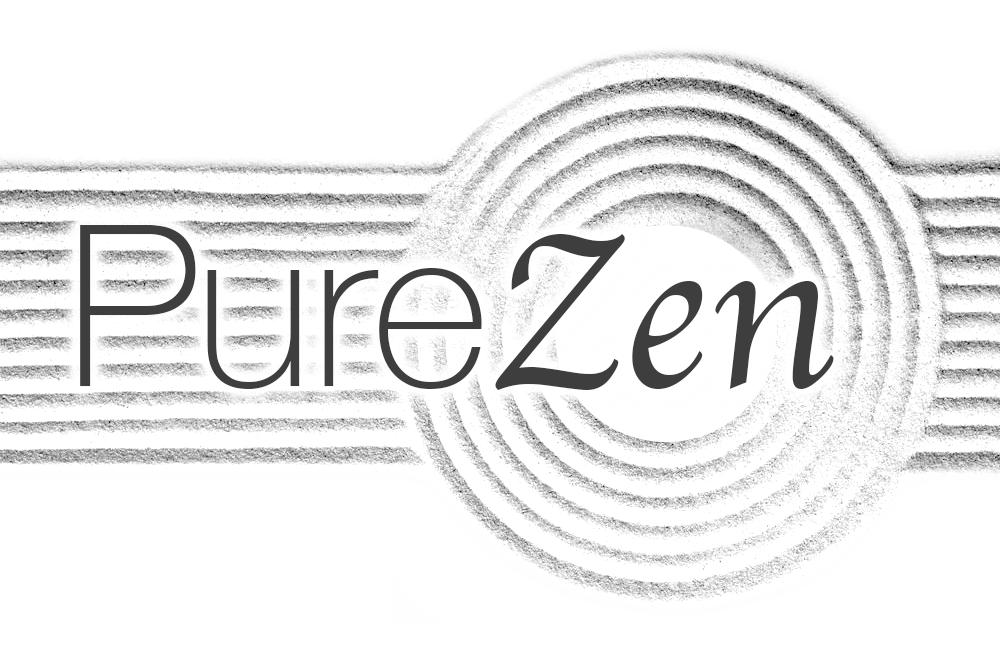Runtime for the Pure Data (Pd) audio programming language, implemented as an extensible audio library allowing full control over signal processing, message passing, and graph manipulation.
Written in Rust with intent to target embedded (i.e. no_std) platforms.
Adapted from ZenGarden, which was written in C++.
Work is underway to translate ZenGarden from C++, and the basic structure of the Rust crate is in place. However, important core domain objects have not yet been translated (including anything DSP-related), so it is not ready to use.
The following four types provide the main interface to PureZen:
- pd::Context: core type which owns all PureZen engine memory
pd::Graph(WIP):message::Objectgraphs (and sub-graphs)- pd::Message: control messages for sending commands and triggering sounds
- message::Object: objects in a
pd::Graphwhich send/receive messages
The first three have to do with how the signal graph is organized. The latter represents discrete messages which are sent into, processed by, and out of the graph.
A pd::Context represents a unique and independent instance of Pure Data.
Think of it as Pure Data's console window. A context is defined by its
block size, sample rate, and the number of input and output channels.
Contexts are entirely independent and messages and objects cannot be exchanged
between them.
A graph is a collection of objects and the connections between them.
A pd::Graph is a message::Object, and thus a pd::Graph can contain other
pd::Graph objects (i.e. subgraphs).
pd::Message represents any Pd message, be it a bang or a list of assorted
float, symbols, or bangs. Each pd::Message is timestamped and contains at
least one element, and may otherwise contain any number and any combination of
primitives.
PureZen messages are always lists of typed elementary types.
NOTE: This feature is unlikely to be supported soon, but we do want to keep it!
Whenever any change in the signal graph takes place in Pd, the audio thread must wait until the reconfiguration is finished. For minor changes such as removing a connection this can be very fast and avoid underruning the audio buffer.
For larger changes, such as adding an object requiring significant initialization, or many changes at once, such as adding a complex abstraction, audio underruns are almost guaranteed.
PureZen solves this problem by allowing an new object or graph to be created on another thread, and then attached to a context at a convenient time. As the graph has already been instantiated, the attachement process is a relatively quick one and can thus be accomplished without causing any audio dropouts.
Graph attachement generally involves registering global senders and receivers and ensuring that existing objects are aware of the new ones. Similarly, a graph can be unattached from a context, leaving it in memory yet inert.
We abide by the Contributor Covenant and ask that you do as well.
For more information, please see CODE_OF_CONDUCT.md.
Copyright © 2009-2019 NeoBirth Developers, Reality Jockey, Ltd.
PureZen is licensed under the LGPL 3.0, which means:
- You must indicate that you are using the PureZen library (a fork of ZenGarden).
- If you extend the library (not including externals), you must make that code public.
- You may use this library for any application, including commerical ones.


